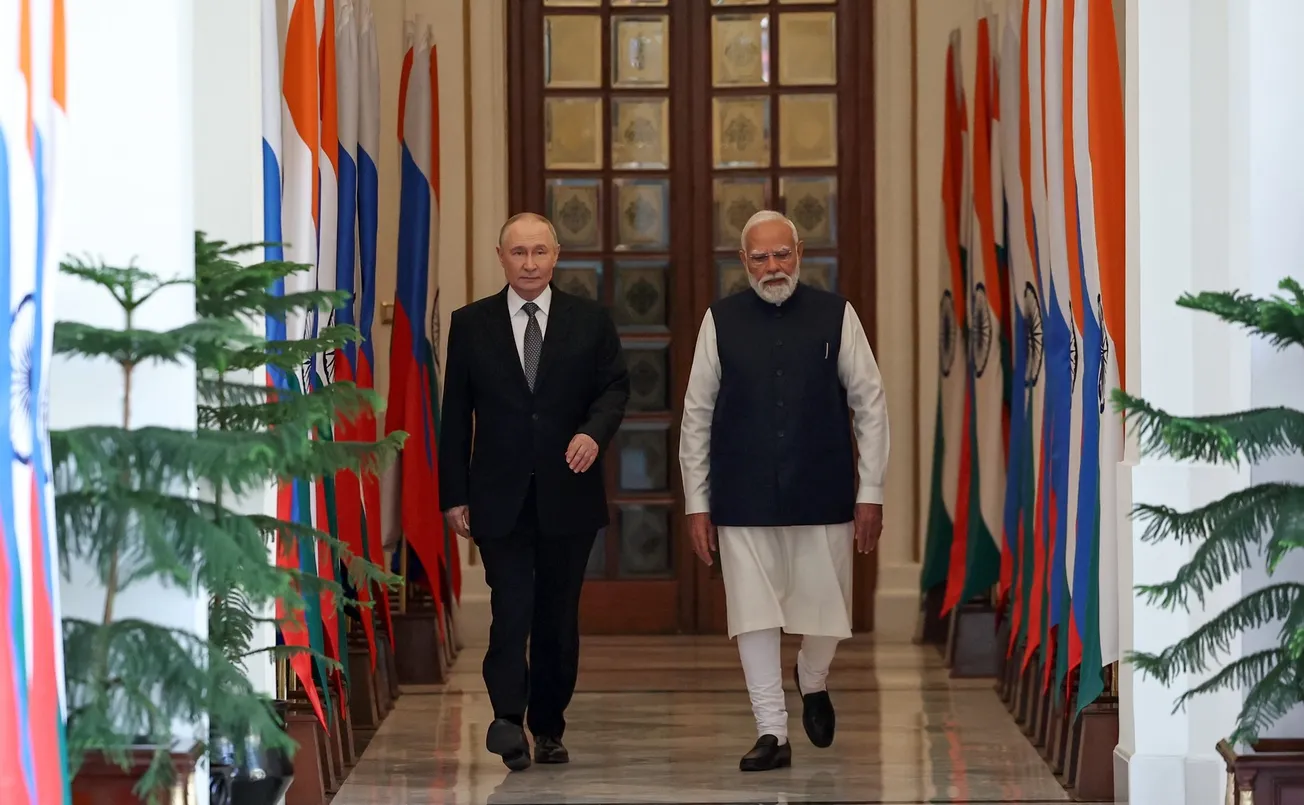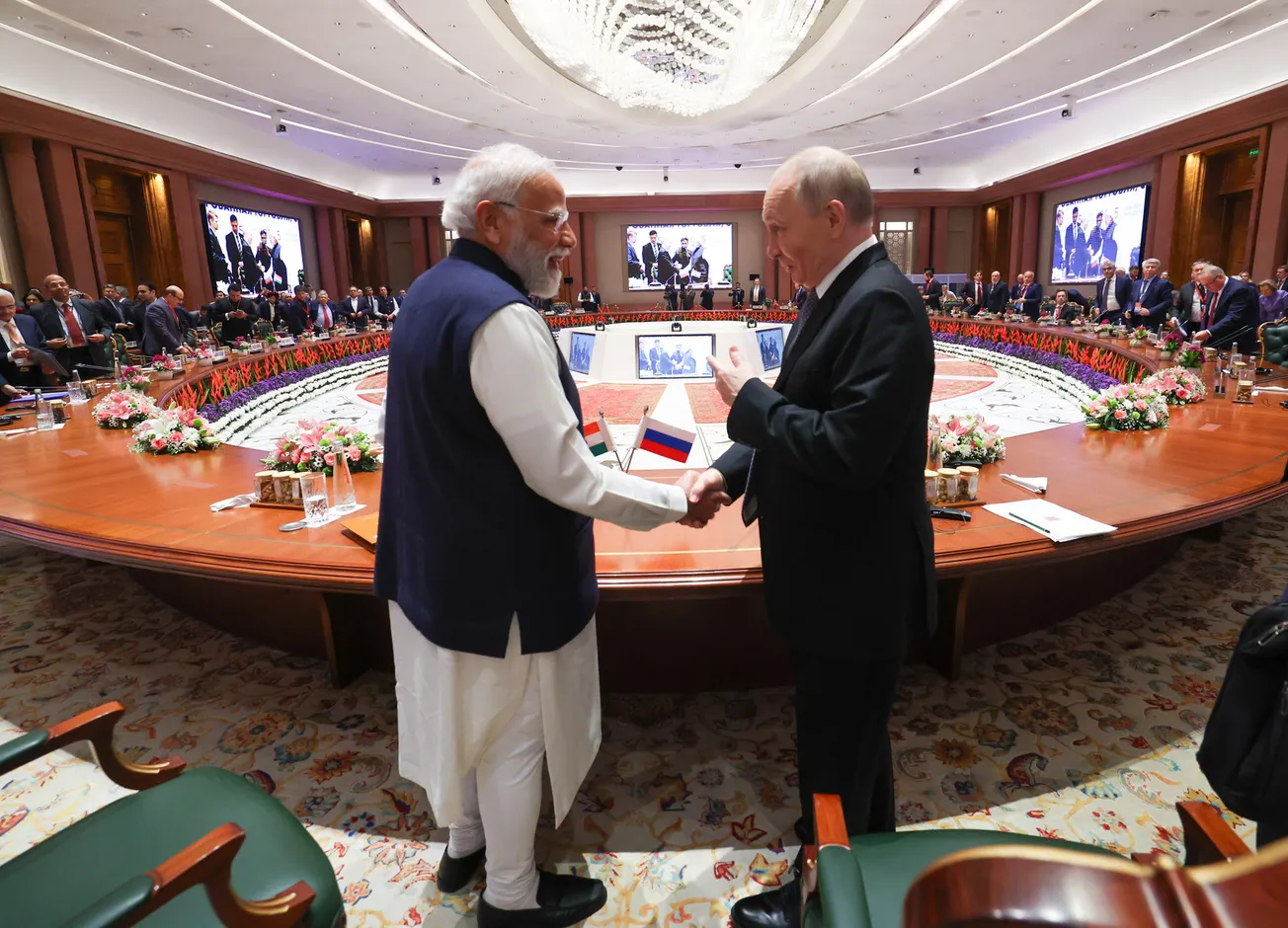March13 (EIRNS)—The latest estimate from the UN Food and Agriculture Organization is that some 20 million metric tons (mmt) of grain (mostly wheat, some corn/maize) will not be available through the rest of this export year (July 1 through June 30,) from the disruption to the Black Sea region, and that worse is yet to come. Barley, sunflower seeds and oil, and other commodities are also affected from the Black Sea shipping stoppage. Much of this year’s annual shipments from Russia and Ukraine have already gone out—together accounting for about 30% of the annual world wheat exports, but now the rest will not take place.
Reports on this picture were given to CGTN by FAO Chief Economist Maximo Torrero, speaking March 11 from the FAO Asia-Pacific conference in Dhakar, and from FAO economist Monica Tothova, March 11 in Rome.
Torrero hopes that the immediate “wheat gap” can be made up by the U.S.A., Australia, Argentina, India and some other nations. He puts India’s potential wheat exports at 7 mmt. But there is no coordinated intervention at all to make best use of any existing stocks. The one bright spot is that Russia indicates it will selectively export wheat.
Tothova reported that wheat is a staple for 35% of the world’s population. There are severe weather problems already in two major Northern Hemisphere wheat belts. The High Plains in North America is severely dry—called a once-in-1200-years-drought in places. China–which is not a major exporter, but the second largest wheat-producing source after the EU–had a very wet fall, which is when winter wheat is planted, thereby limiting its area sown and its crop progress.
The Group of Seven held a video extraordinary agriculture ministers meeting on March 11, and issued an 11-point “Statement on the Invasion of Ukraine by Armed Forces of the Russian Federation,” which was worse than nothing. No concrete coordination for production or allocation of exportable product was addressed. Most of the points speak about standing with Ukraine, giving help to its farmers, food and humanitarian aid to its population and taking note of world food security; but the premise is that the world financial and productive system is intact and merely disrupted. They say that the “already severe situation” in food results from “COVID-19, climate change and biodiversity loss.” They are going to “share data on global food markets.”
The March 4 monthly FAO World Food Price Index reported an overall 20% rise in food prices year on year in February in edible oils, and in dairy much more than that.
There are terrible conditions already, nation to nation, given the existing food shortages and hyperinflation, and food relief for 43 nations–for over 258 million people, is a supply-crisis. For example, in Lebanon, there is less than a month of wheat on hand. In early March, Minister of Economy and Trade Amin Salam asked the U.S. for aid to cover importing $20 million worth of wheat. Lebanon is seeking wheat from the U.S., France and India. The government has ordered that wheat at present can be used only to make flatbread, the staple daily food, and nothing else. There are attempts at panic buying, with the government trying to stop hoarding. Food prices have soared by 1,000% over the last two years. Up to 90% of Lebanon’s wheat and cooking oil were supplied by Ukraine and Russia.




